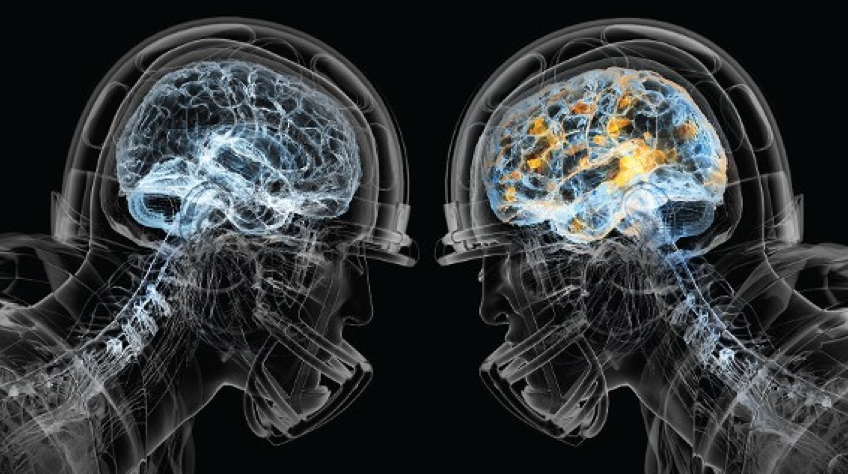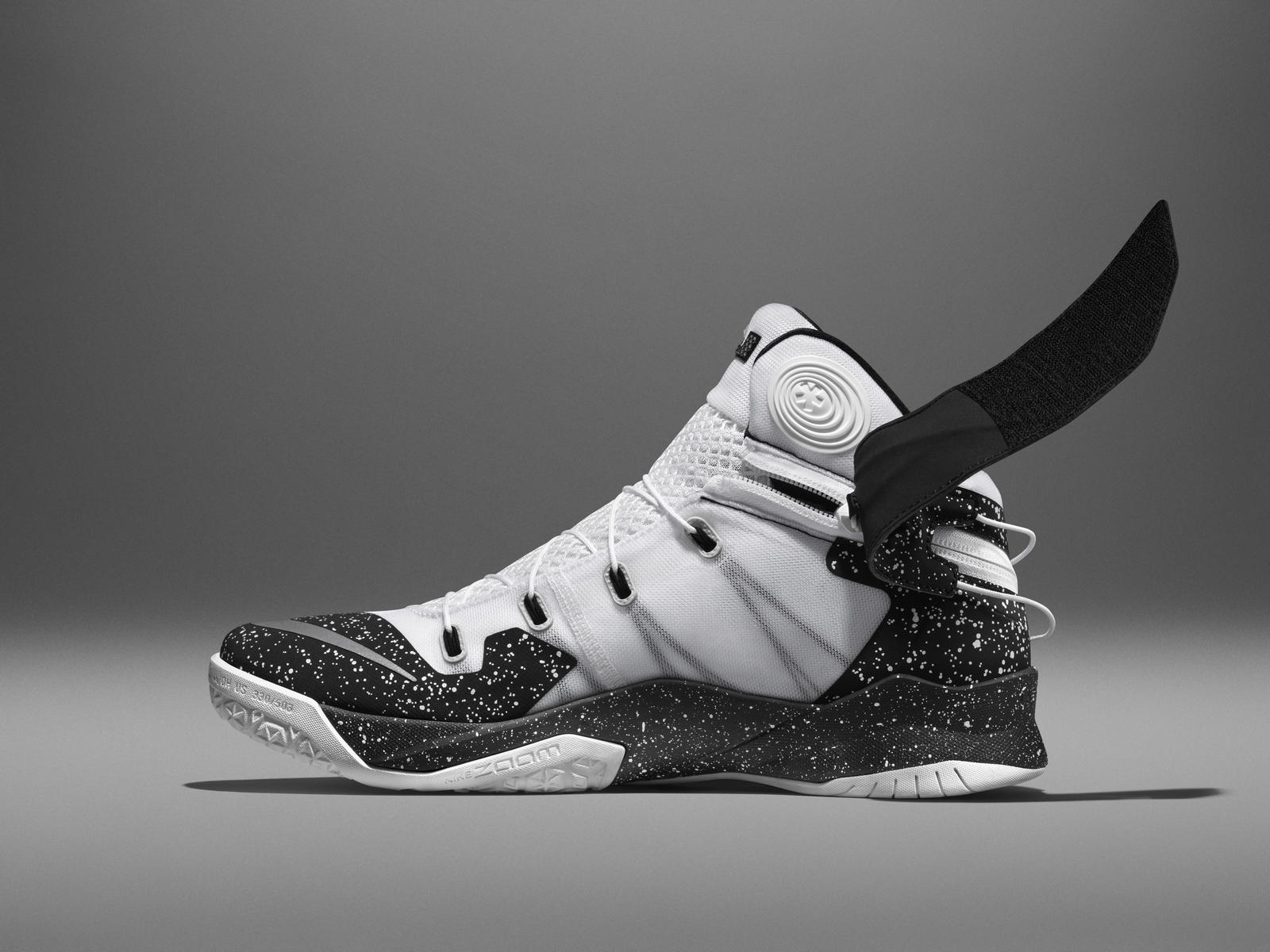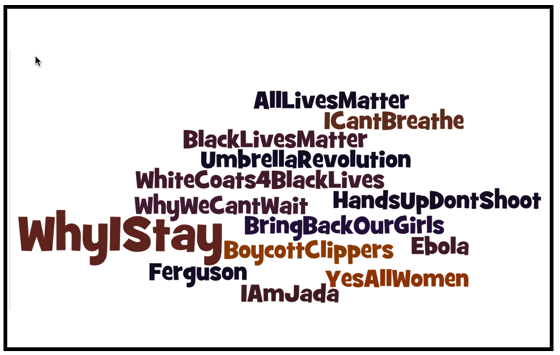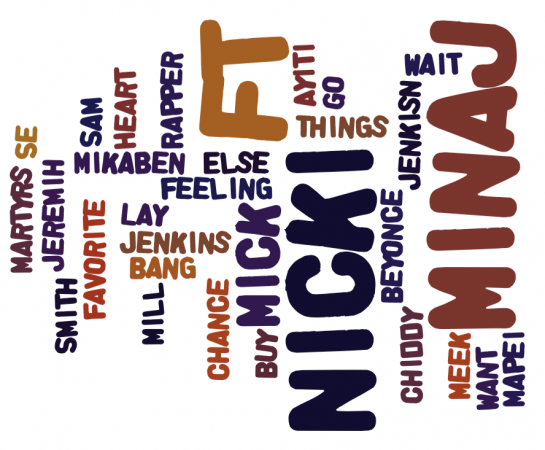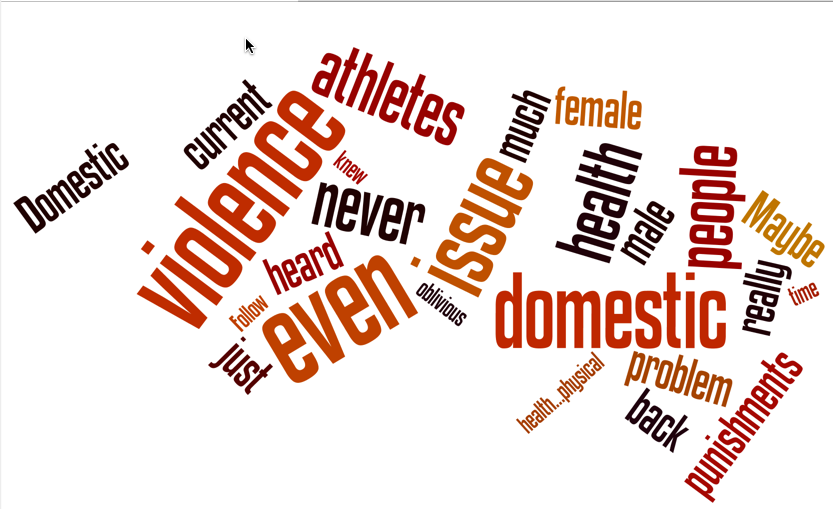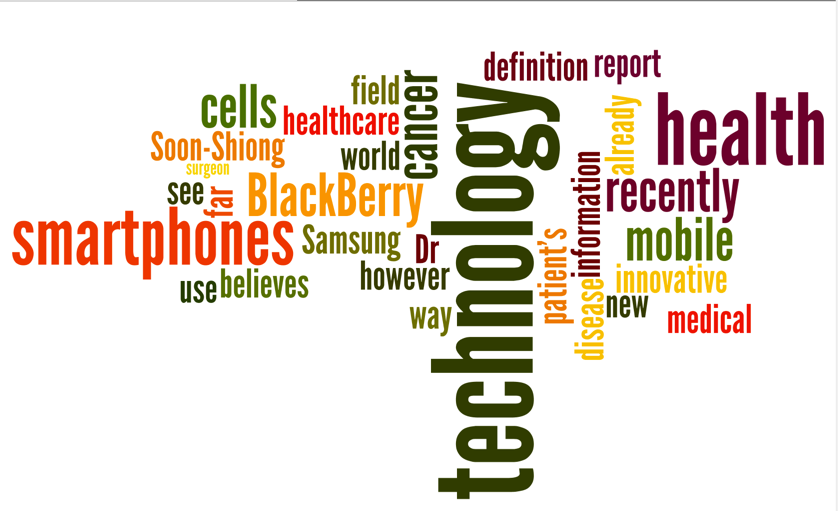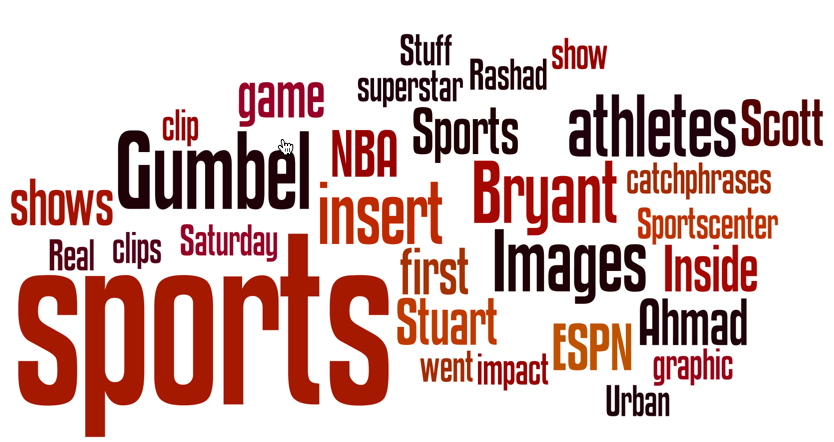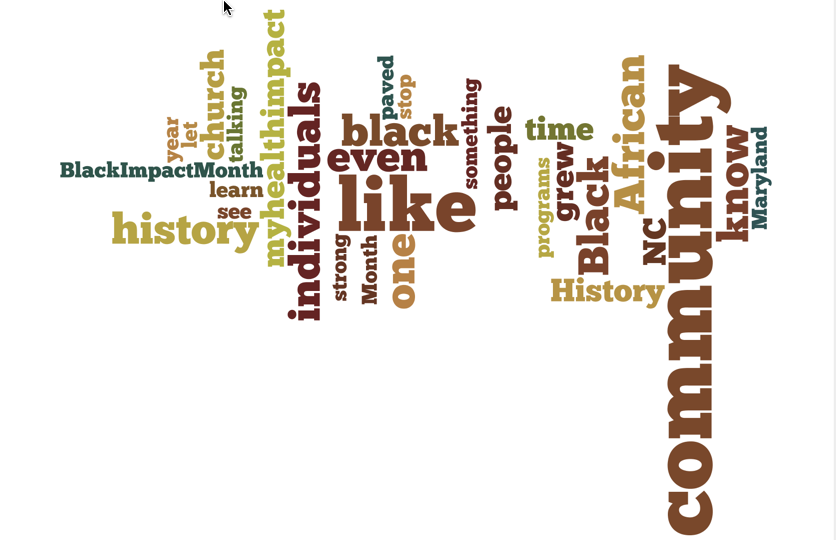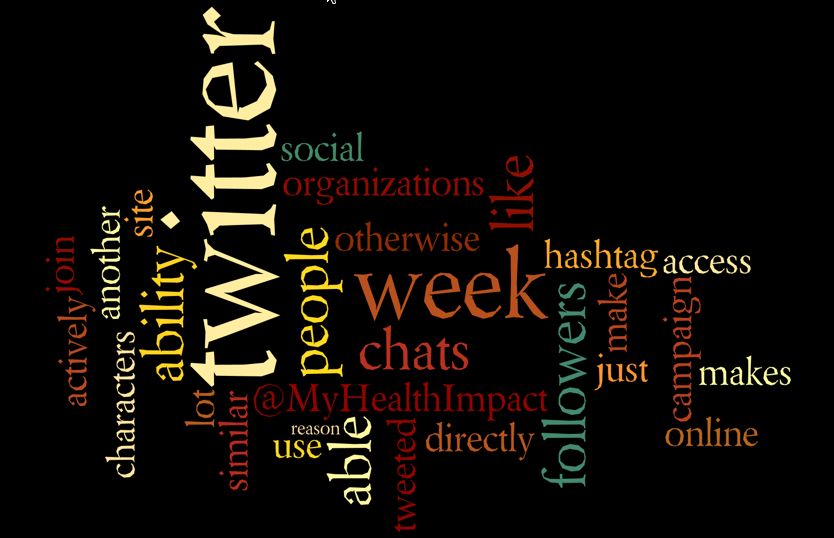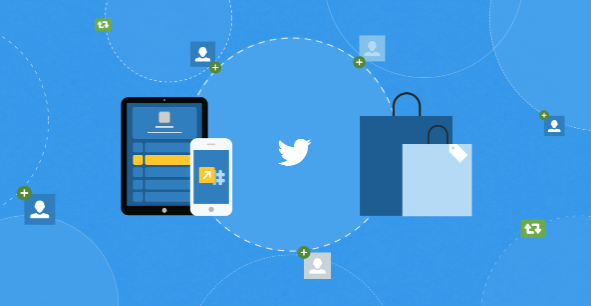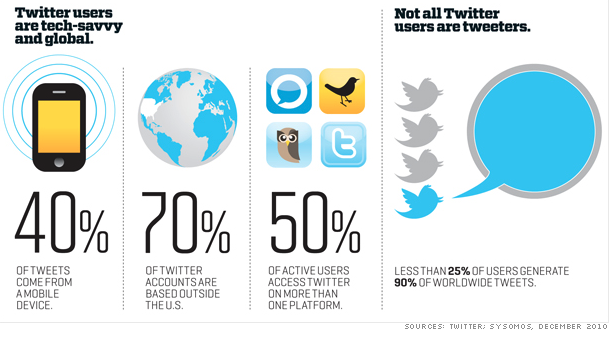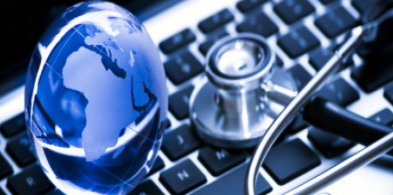myHIN Blog
Category: Technology Articles

July 05, 2022
Bias in not just in HealthCare: Algorithmic equity in the hiring of underrepresented IT job candidates
published in Online Information Review, Special Issue on Social and Cultural Biases in Information, Algorithms, and Systems by Lynette Yarger, Fay Cobb Payton, Bikalpa Neupane; picked up in IEEE Spectrum Feature
#AlgorithmicBias #AI #Bias #TalentManagement #Tech #DesignJustice
Share

May 05, 2016
Voting in a Digital World
***NOTE: I am a Google employee***
Who is responsible for informing the world on politics? This is a question that recently came up since it’s election season and both U.S. politicians and technology companies are experimenting with getting the word out to people -- like you! Check out some of the many ways social media is being leveraged to get you out the house and to the polls.
Facebook shows you a political card in your newsfeed and prompts you to take the following action(s):
- “Share You’re Registered” turns you into a voting advocate by encouraging you to post a politically driven message to your family and friends
- “Register Now” directs you to a U.S. government website so that you can register to vote
- “Find your polling location” shows you where your polling location is after typing in your address. How simple is that?


- Reminds you to vote by telling you exactly when your state’s primary/caucus is via Google Now Cards.
- Makes you aware of new search features to find out more about specific candidates “Ted Cruz” and their stances on various political issues like “Hillary Clinton economic policies”
- Allows you to follow the results in state primaries/caucuses by searching for “primary results”


Snapchat
- Turns you into a digital voting advocate among your Snapchat followers by allowing you select a paid Snapchat filter -- instead of your go to photo filter
- Encourages you to follow the political scene in your local primary/caucus by watching a curated Snapchat story


Pretty cool stuff right? In a day and age where newspaper subscriptions are on the decline and social media is soaring among millennials, technology companies are starting to fill the information void. As a computer science teacher, I love this because it showcases how society directly impacts how we -- the people -- make decisions to vote, entertain and even plan family vacations. One thing to consider though is how this affects people who don’t have access to these resources. Are technology companies still responsible? What about newspaper publications and other media entities?
Let us know your thoughts and remember to vote in local, state and national elections!
#tech #voting #knowtheissues #election2016
References
On the road to the 2016 elections with Google Search (2016)
Facebook Asks People To Vote And Tell Friends, Shows Nearest Polling Place (2014)
Bernie Sanders launches 'Feel the Bern' Snapchat filters in lead up to Iowa caucuses (2016)
Share
March 11, 2016
Don’t Be Fooled. The Apple FBI iPhone Dispute Also Affects You
Apple, a well-regarded [tech] company is usually in the media for bringing to market some of the most beautifully designed devices in the consumer and education space. Products like the iPhone and iPad have transcended how people consume technology and entertain themselves at a moment’s glance. New macbooks have almost a cult like following for college students as they prepare and study for future jobs that didn’t exist 10 years ago.
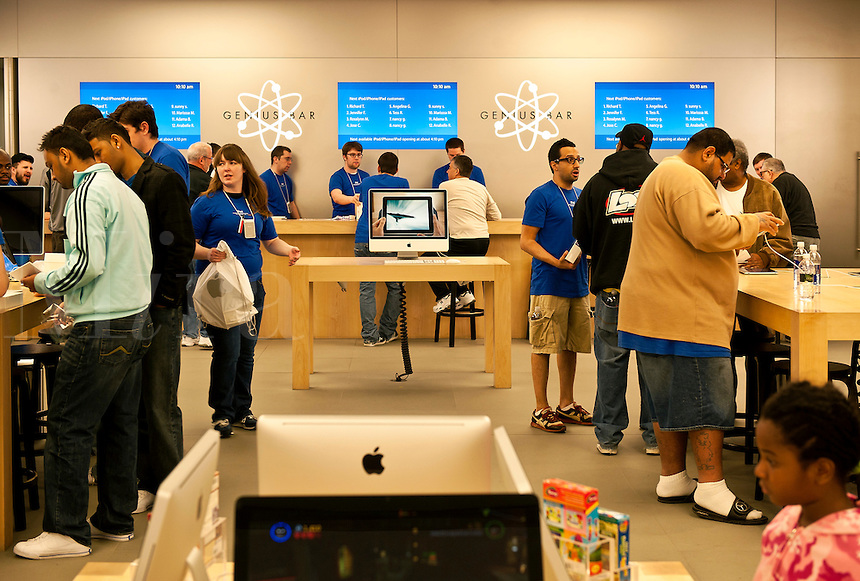 More recently though, the company name has been tossed around for a dispute with the FBI, the nation’s prime federal enforcement organization, over the unlocking of an iPhone used by the killers in the 2015 San Bernardino terrorist attack. There’s been countless articles explaining Apple’s stance, the FBI stance, and so forth and so on but what about your stance? How exactly does this case affect you or is it an overblown media story from large corporations and government agencies?
More recently though, the company name has been tossed around for a dispute with the FBI, the nation’s prime federal enforcement organization, over the unlocking of an iPhone used by the killers in the 2015 San Bernardino terrorist attack. There’s been countless articles explaining Apple’s stance, the FBI stance, and so forth and so on but what about your stance? How exactly does this case affect you or is it an overblown media story from large corporations and government agencies?
Essentially, the lack of strong encryption on consumer devices can lead to hackers breaching the defenses of retail chains, banks, the federal government and even HOSPITALS!
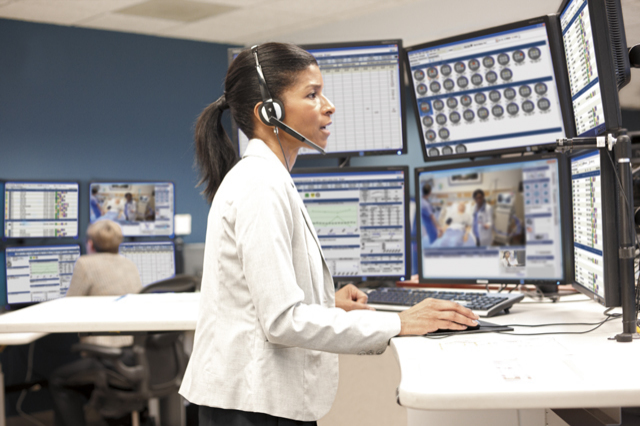 Yet, hacking has become what seems to be a typical event. In 2015, the U.S. Office of Personnel Management experienced a data breach exposing the personal information of over 22 million current and former employees (and even those that applied for employment via its portal). Health care organizations and your health data are not exempt from such comprises. For instance, Premera data breach exposed medical claims and financial information of 11 million customers, and Anthem’s 2015 data compromised the personal information about more than 80 million people. Why is this a major concern? As more healthcare organizations engage in network arrangements and data sharing, your personal information is likely to become more exposed.
Yet, hacking has become what seems to be a typical event. In 2015, the U.S. Office of Personnel Management experienced a data breach exposing the personal information of over 22 million current and former employees (and even those that applied for employment via its portal). Health care organizations and your health data are not exempt from such comprises. For instance, Premera data breach exposed medical claims and financial information of 11 million customers, and Anthem’s 2015 data compromised the personal information about more than 80 million people. Why is this a major concern? As more healthcare organizations engage in network arrangements and data sharing, your personal information is likely to become more exposed.
How important is this data to healthcare organizations? In a recent NPR news segment, a California hospital paid a ransom “worth $17,000 to hackers holding its computer data hostage raised new concerns about bigger targets.” While not all organizations will pay ransoms, no industry is exempt and neither are we, as individuals. Being mindful of our data, its uses and our use of devices/systems/networks and even social media requires some degree of discernment. After all, we are in the digital age of the Internet of Things.
Continue to follow @myhealthimpact on Twitter for more information on the connection between the Internet of Things and healthcare. #IoT, #healthcare #databreach
Share

February 25, 2016
Mind Games
I remember playing high school football and being told that the game is as much physical as it was mental. I spent hours each week in the training room, film room, weight room, or practice field preparing for the game ahead, and wanting nothing more but to win. Like most athletes, we played through injuries, and it was expected, but head trauma was treated differently. I have clear memories of teammates, and even my younger brother, sitting out for multiple games because of concussions. I had friends end their involvement in all contact sports because of the head injuries they incurred, while still in high school. During my short athletic career I watched head injuries be taken increasingly serious through the improvement of preventative measures like helmets, and more stringent recovery procedures for athletes.
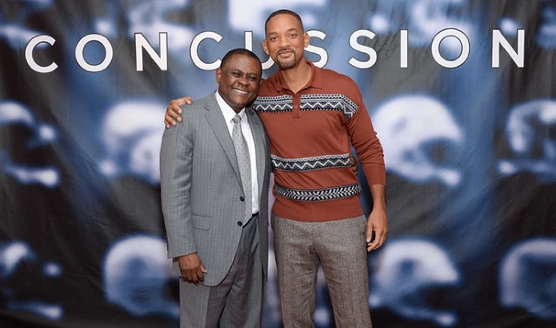 The new film, Concussion, starring Will Smith, takes a look into the NFL’s gradual shift in perspective concerning the nature of the repetitive collisions that define the game. The movie speaks to the reluctance of the organization to accept any wrongdoing, as well as their hesitance to buy into the daily dangers presented by the game to those who play. The film features footage of the car crash that led to the fiery death of Justin Strzelczyk, a former member of the Pittsburgh Steelers, in-game collisions, and a reenactment of Dave Duerson’s suicide. These clips are woven throughout the film to portray the urgency needed by those who are at risk for chronic traumatic encephalopathy (CTE), found in many former NFL players due to repeated trauma on the brain, resulting in concussions. CTE showed its head through lapses in memory, headaches, sensitivity to light, outbursts, depression, and a gamut of other debilitating symptoms.
The new film, Concussion, starring Will Smith, takes a look into the NFL’s gradual shift in perspective concerning the nature of the repetitive collisions that define the game. The movie speaks to the reluctance of the organization to accept any wrongdoing, as well as their hesitance to buy into the daily dangers presented by the game to those who play. The film features footage of the car crash that led to the fiery death of Justin Strzelczyk, a former member of the Pittsburgh Steelers, in-game collisions, and a reenactment of Dave Duerson’s suicide. These clips are woven throughout the film to portray the urgency needed by those who are at risk for chronic traumatic encephalopathy (CTE), found in many former NFL players due to repeated trauma on the brain, resulting in concussions. CTE showed its head through lapses in memory, headaches, sensitivity to light, outbursts, depression, and a gamut of other debilitating symptoms.
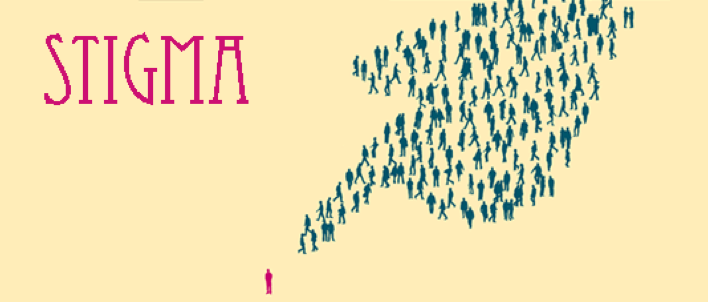 As the discussion surrounding mental illness continues to grow, I am reminded that ailments of the brain go unseen. There is no visible bruise, no blood or fractures that we can see, but the recovery is just as severe. I am glad to see an increased vigilance paid towards mental illness, but hope the conversation about CTE does not limit the scope to end at how the NFL will use the emerging research, but instead to a broader perspective of caring for mental illnesses is adapted. As I age I do not only worry for my childhood sports heroes, but also for the plethora of people dealing with untreated mental illnesses. We must continue to be proactive to fight the stigma of mental illness, in all aspects of society.
As the discussion surrounding mental illness continues to grow, I am reminded that ailments of the brain go unseen. There is no visible bruise, no blood or fractures that we can see, but the recovery is just as severe. I am glad to see an increased vigilance paid towards mental illness, but hope the conversation about CTE does not limit the scope to end at how the NFL will use the emerging research, but instead to a broader perspective of caring for mental illnesses is adapted. As I age I do not only worry for my childhood sports heroes, but also for the plethora of people dealing with untreated mental illnesses. We must continue to be proactive to fight the stigma of mental illness, in all aspects of society.
Follow us @myhealthimpact on Twitter for more on #health and #tech topics.
Share

December 03, 2015
The Evolution of Sneaker Design Technology pt1
Over the years I have owned just about every kind of sneaker imaginable. Ranging in price from $35 to over $200, if it was hot and my mom could afford it, they were on my feet. From classic Chuck Taylors to Italian owned Filas and even the GOAT Jordans that still outsell just about every other sneaker on the market today. I’ve been in love with footwear for a very long time. From fancy colorways to exclusive collabs, I never thought about the evolution of sneakers until a few years ago when I developed shin splints during a routine workout. It was at this very time that I thought to myself, what percentage of this pain was caused by the shoes on my feet? As a trained computer scientist, I did what most technologists would do call the family podiatrist open up Google search and fire off a few queries. What I got back was pretty interesting:
- Could Your Shoes Be Giving You Shin Splints?
- Worst Shoes for Your Foot Health
- How Shoes Cause Flat Feet and Overpronation
- How Does Your Arch Height Affect Your Shoe Choice and Injury Risk
Not only did my search expose certain brands but styles of shoes too -- ultra high heels, flip flops, and ballet shoes were all known to cause foot problems. I was pretty alarmed at the findings and wanted to know if anyone was looking into solving these types of foot problems through the next generation of footwear design.
Both Adidas and Nike had already invested a good bit of money into their Research and Development division to solve unique problems. Adidas was working on FutureCraft 3D (via YouTube), a unique 3D-printed running shoe midsole which can be tailored to the cushioning needs of an individual’s foot. While Nike took on accessibility by literally reinventing the zipper on performance sneakers. They developed Flyease technology, a system that solves a problem for amputees, stroke victims, and people with cerebral palsy. By using a subtle zipper that snakes around the heel, they were able to let you peel open and close your shoe with one hand.

Neither of these two technologies are widespread yet but I am excited to the see impact foot health has on shoe manufacturers moving forward. With 3D printing, more durable and breathable materials and a conscious customer, someday we’ll live in a world where foot problems are alleviated not created by the shoes we throw on in the morning.
Tweet @myhealthimpact to let us know what you think and tune in for the latest and greatest in #tech, #STEM, #wearables and #health focused blogs!
Share
March 01, 2015
MyHealthImpact Topics 2015
Click on the word clouds below to see a recap of the wonderful blogs by our Research Team so far in 2015.
Stay tuned to @myhealthimpact for more news on the interconnection between health and tech!
Share

February 24, 2015
The Power of Twitter Technologies
This week for whatever reason my Twitter has been popping. I have acquired about 20 followers this week alone. I was telling a friend about all the connections I make on Twitter and then they told me that they aren’t too interested in joining another social media site. They clearly weren’t familiar with the Power of Twitter.
I would say that Twitter is a little more than just another social site. You have the ability to speak directly to companies, celebrities, news stations, and other organizations in an instant. There has been instances where my friends have been tweeted kind words directly from Olympic athletes that they would otherwise not have access to. There is no other platform like this online which is what makes Twitter so amazing. It puts them at your fingertips.
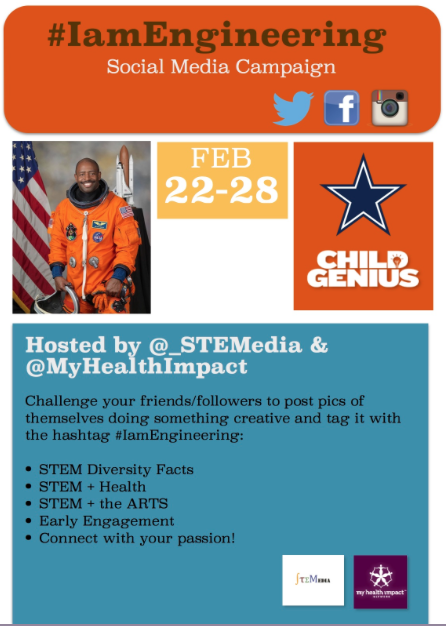
In addition, on Twitter you have the ability to join people in chats with similar interests using the hashtag symbol. You can literally be anywhere in the world but join the “buzz” with less than 140 characters. For example, @MyHealthImpact and @_STEMedia will be hosting a campaign this week with the hashtag #IamEngineering. Through this campaign we will looking for creative posts involving STEM diversity, health, arts, early education, or just an overall connection to your passion. Through these chats people find common interests and from there bonds are formed.
I mentioned earlier that I gained a lot followers this week. From me using hashtags for certain organizations, such as the workshop that I would be attending in May #CHASE2015, I have been able to become acquainted with other computer scientists in similar research areas. This week was also the ACM Richard Tapia Celebration of Diversity in Computing Conference. I unfortunately was not able to attend but I felt like I was virtually there since a lot of my followers were tweeting about the event. I was able to actively keep up with sessions and meetups. I eventually tweeted that I wish I was there and the conference replied to me and encouraged me to be there next year!
Share

February 06, 2015
BlackBerry in Healthcare
Dr. Patrick Soon-Shiong, the wealthiest physician in the world, is relentlessly working to becoming one of the most innovative as well. Dr. Soon-Shiong works at University of California Los Angeles as a medical surgeon, but his most recent work involves revolutionizing the way cancer is approached, starting at the very definition. 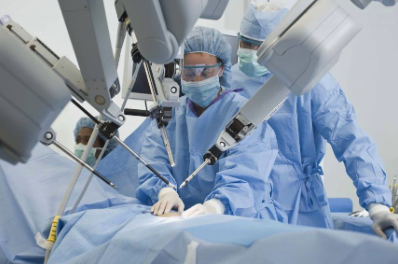 Cancer.gov sites a cancer as being a “disease in which abnormal cells divide without control” but Dr. Soon-Shiong believes there can be a different approach to the term. In an interview with 60 Minutes he proclaims, “A cancer is not what people think it is, cells growing. Cancer is actually the inability of the cells to die.” His new concept of the definition is the first of many steps he has taken to rethink cancers. Although this is innovative in its own right, Dr. Soon-Shiong believes he is on his way to something much more groundbreaking. He has recently developed a technology that can analyze a patient’s tumor biopsy and then proceed to report the specific gene mutated by the disease. All of this can be processed and accessed in the palm of the patient’s hand, through BlackBerry.
Cancer.gov sites a cancer as being a “disease in which abnormal cells divide without control” but Dr. Soon-Shiong believes there can be a different approach to the term. In an interview with 60 Minutes he proclaims, “A cancer is not what people think it is, cells growing. Cancer is actually the inability of the cells to die.” His new concept of the definition is the first of many steps he has taken to rethink cancers. Although this is innovative in its own right, Dr. Soon-Shiong believes he is on his way to something much more groundbreaking. He has recently developed a technology that can analyze a patient’s tumor biopsy and then proceed to report the specific gene mutated by the disease. All of this can be processed and accessed in the palm of the patient’s hand, through BlackBerry.
To most, Blackberry is now irrelevant in the world of mobile phones, dominated by Apple and Samsung. BlackBerry however will soon be very relevant in the field of healthcare if Dr. Soon-Shiong’s product finds any success. There was recently a report claiming a rumored purchase offer from Samsung, resulting in a significant increase in BlackBerry shares. This possible partnership could make waves in the ever-growing mobile-health market. It truly prompts the question what role can technology, specifically smartphones, play in the dissemination of health awareness and information.
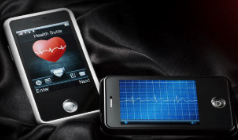 We do not need to look far to see what mobile technology is already doing for health. FHI 360, a company located in our Research Triangle Park, has been using mobile technology in health, or “mHealth,” for a quite some time. They use smartphones to “share information on family planning, reproductive health, HIV and sexually transmitted infections.” The use of technology however is quickly progressing. The Wall Street Journal recently published an article mentioning several new methods in which smartphones and other forms of technology are being used to monitor health, and even collect and interpret medical data. Blood-pressure readings and electrocardiograms are already common procedures smartphones are capable of performing with a few accessory instruments, but we are not far from the day where all it takes is a watch to record our vital signs.
We do not need to look far to see what mobile technology is already doing for health. FHI 360, a company located in our Research Triangle Park, has been using mobile technology in health, or “mHealth,” for a quite some time. They use smartphones to “share information on family planning, reproductive health, HIV and sexually transmitted infections.” The use of technology however is quickly progressing. The Wall Street Journal recently published an article mentioning several new methods in which smartphones and other forms of technology are being used to monitor health, and even collect and interpret medical data. Blood-pressure readings and electrocardiograms are already common procedures smartphones are capable of performing with a few accessory instruments, but we are not far from the day where all it takes is a watch to record our vital signs.
Follow us @myhealthimpact as we continue to discuss technology in health.
Share

January 25, 2015
Not Another Wearable Technology
As smartphones have become more commonplace in today’s society, technologists have been in search of the next big thing. We’ve gone from adding touchscreens to everything (home appliances, car infotainment systems) to using gestures to interact with the world around us -- think the Minority Report.
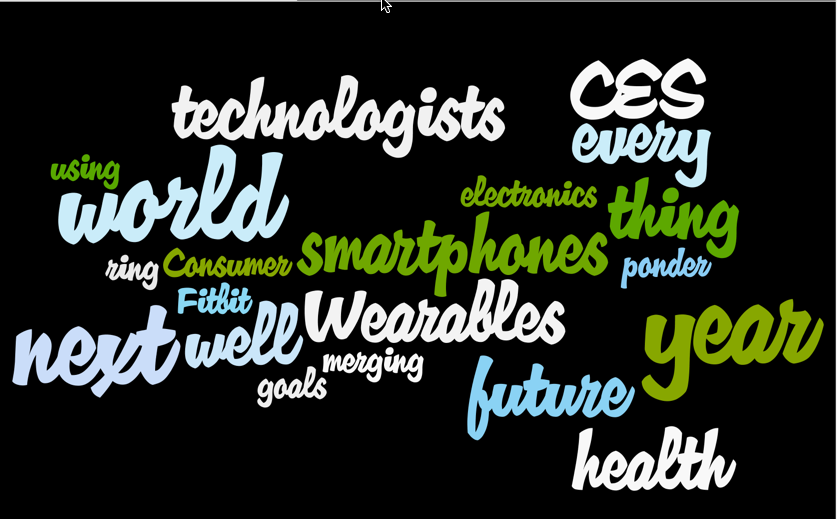
After all, the future world we live in is just a guess or figment of the imagination. This magical nature of tomorrow is on display every year at the Consumer Electronics Show (CES) down in desert plaid Las Vegas. Where high rollers shell out tons of money on personal bets and invest in small start-ups that hail from all over the world. The comos surrounding CES has been a bit different the past few years, as more savvy players have introduced hardware at the center of their enterprise. Wearables, the heir to smartphones are slowly sweeping the conference floor. From recognizable names like Fitbit and Pebble to up and comers with Android Wear as their understudy -- every manufacturer has tossed their hat in the ring.
Besides telling the time, they all claim to do one thing well: help you reach your fitness goals.
- track steps
- take pulse
- measure blood pressure
- monitor heart rate
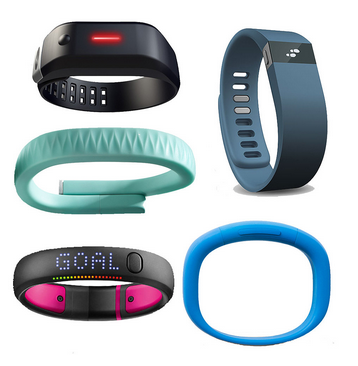
That was last year!
In 2015 the trend is now shifting towards real health applications:
- diagnose skin cancer
- examine menstrual cycle
- tell how well your lungs are working
- transmit physiological information to doctors
- treat depression
- and so much more…
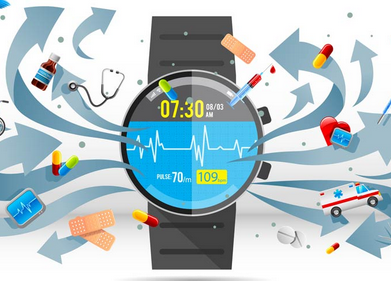
With electronics and health care merging together ever so slightly, technologists will no longer have to ponder about what’s next. Wearables will cement the next revolution that is as fashion forward as it is helpful in quantifying your life.
Stay tuned to @myhealthimpact for more discoveries and technology driven solutions to a healthier future.
Share

November 06, 2014
Finding STEAM not STEM
I recently found out about STEAM in my entrepreneurship class, and my mentor mentioned it not to long after. So, what is STEAM? STEAM is Science, Technology, Engineering, ARTS and Math. I got to thinking, “Am I lacking artistic influences in my life?” I had to list out all the “artsy” things that influence me, such as listening to music, reading the fashion sections of online magazines, and even my following a lot of independent visual artists on Instagram.
With the inclusion of arts, we, as students and young people, can retain some of our divergent thinking abilities we tend to lose. Divergent thinking is really just another way of saying thinking out the box.
One thing I’ve noticed about myself through all this STEAM talk is that I’m not that creative. I can draw pretty well, but that’s only when I look at a picture. I have artistic abilities, but not as creative.
Why are the arts and creativity important? We need creativity in all STEM fields. Creative ideas lead to creative solutions. The more unique and creative a solution is, the more ideas people can build on and from that one solution. You have to admit that whoever had the idea of creating a 3D printer must have had been on a another level of divergent thinking.

We even have an initiative that was start here on campus by one of my friends and PhD Civil Engineering Student, Nehemiah Mabry. His initiative is STEMedia, where he tries to use poetry, visual arts, and other art methods to keep students within STEM. @myHealthImpact supported STEMedia earlier this year in an effort to bridge STEM+Arts. Here’s my attempt at reciting some STEM poetry. http://youtu.be/aYrSru7qt-E?list=UUUcg8ZH-u4j3sHnVH6rUBqQ
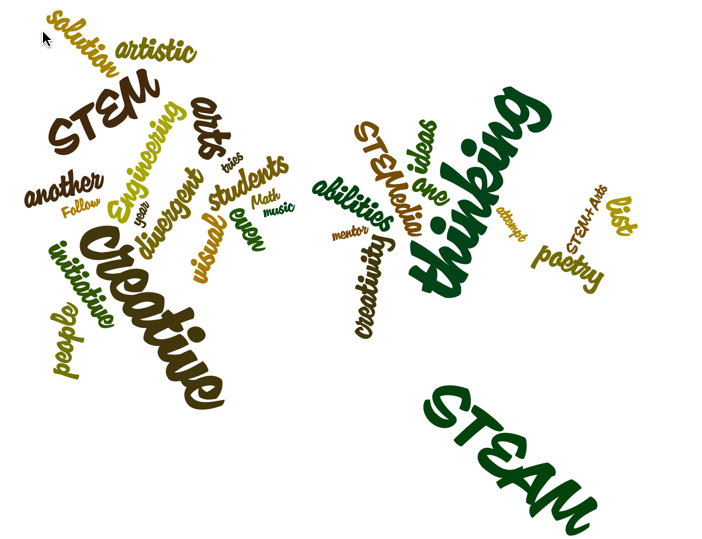
Follow us @myhealthimpact on creative Health Meets Tech.
Share
In Partnership with: Poole College of Management, College of Humanities and Social Sciences, National Science Foundation, Penn State
Take Action, Get Tested: Find Your Local Testing Center Why Get Tested?

